When Authenticity Is Out of Reach: My Journey with a Prada Mini Cleo

Last year, I embarked on what I thought would be a straightforward project: purchasing a pre-loved Prada Mini Cleo bag for a dissection review video. I envisioned slicing it open, revealing the craftsmanship inside, and sharing my findings with you. However, things didn’t go as planned. Before cutting into the bag, I decided to run it through my authentication device, just to be safe. The device, much to my dismay, flagged the bag as fake. My $1,800 purchase and the entire video project were suddenly on hold.
I couldn’t, in good conscience, review a fake bag under Prada's good name, and paying such a hefty price for a counterfeit wasn’t sitting well with me either. I needed to be absolutely sure about its authenticity before moving forward. So, I reached out to several experts, expecting them to clear things up quickly. But, oh boy, was I wrong.
What's Inside?
Diving into the Authentication Process: The Start of a Confusing Journey
The first expert I consulted pointed out several red flags: the leather felt off, the hardware didn’t seem right, and other details just didn’t align with what they expected from an authentic Prada bag. They declared it fake without hesitation. But then, another expert offered a completely different perspective. They noted that these so-called "inconsistencies" are actually quite common in Prada bags due to their varied manufacturing standards. According to them, the bag could still very well be authentic.
I was more confused than ever. If seasoned experts couldn't agree on the bag's authenticity, how was I supposed to proceed? Seeking further clarity, I reached out to Prada’s customer service, hoping they could provide an in-house authentication. Unfortunately, they refused my request. This left me at a crossroads with no clear path forward.
The RealReal to the Rescue: A High-Tech Authentication Attempt
Desperate for answers, I turned to The RealReal, a major player in the pre-loved luxury resale market. From a previous visit to their authentication center, I knew they had sophisticated technology and a team that authenticated hundreds of luxury bags every week. Fortunately, the team at The RealReal offered to fly me in for an in-person authentication process. Of course, I jumped at the opportunity.
Upon arrival, I was introduced to Hunter and Courtney, who guided me through their multi-step authentication process. First up was their vision software, an AI-driven tool designed to identify red flags in luxury goods. The software directed us to examine key areas of the bag—hardware, stitching, the brand plate, and the interior lining. As we moved through the process, the AI flagged several issues, escalating the bag to a "high risk" category. According to the software, there were significant inconsistencies in the bag that warranted a closer look by human experts and additional tools.
@tanner.leatherstein Prada Bag Mystery: Is It Real or Fake? 🕵️♂️ Thanks to The RealReal (@therealreal) authentication team’s help, I was able to come to a closure on this year long mystery… #fake #prada #authenticity #counterfeit #leatherbag #luxurybag #tannerleatherstein ♬ original sound - Tanner Leatherstein
The Devil’s in the Details: Hardware, Craftsmanship, and Chemical Composition
Next, we delved into the hardware. The first thing we noticed were striations—tiny lines running through the engraving on the metal pieces. This lack of clean engraving is a common sign of counterfeit products. The brand plate, too, raised alarms. The print was smudged and lacked the clarity seen in authentic Prada bags. The stitching was another concern; it was machine-stitched, which isn’t necessarily a red flag by itself, but in this case, it was poorly executed.
One particularly troubling detail was the white tag inside the bag. It stuck out awkwardly from the side, which immediately signaled a problem. If I were running a workshop producing for Prada, this is not something that would pass quality control. The tag was very long right from the start, thinning out towards the end, and had a gray tone with what appeared to be a see-through effect. White lines ran through the print, making it unclear and inconsistent with what we would expect from an authentic Prada product.
As we continued inspecting the tag, we discovered what looked like a pen mark inside the tag. It was subtle but visible, adding yet another layer of doubt to the bag’s authenticity. These details, though small, collectively pointed towards a counterfeit product, especially when combined with the other inconsistencies we had already uncovered.
The examination continued with the use of a more scientific tool—a machine called XRF, which analyzes the chemical composition of metals. The results showed that the hardware on my bag was made of materials that were close, but not quite identical, to those used in genuine Prada bags. The machine detected heavy copper, nickel, and zinc, but the overall composition was inconsistent with what they’d expect to see on an authentic bag.
While these inconsistencies were concerning, they weren’t conclusive enough to definitively label the bag as fake. This left us in a frustrating gray area. As Hunter explained, Prada’s manufacturing standards can be inconsistent, making it challenging to authenticate their bags based on materials alone. Despite using advanced technology and expert analysis, we were still left with more questions than answers.
The Final Verdict: When in Doubt, It's a No-Go
Finally, we examined the bag’s authentication chip. The chip was present, which could be seen as a positive sign, but its presence alone wasn’t enough to confirm authenticity. What we did know, however, was that if the chip had been missing, it would have been an automatic red flag.
After hours of analysis, the team at The RealReal made their final judgment: this bag would not pass their tests. There were simply too many red flags, and the risk of listing it as authentic was too high. As disappointing as this was, it was also a relief to have a more definitive answer. The RealReal’s team, with their advanced tools and expert knowledge, concluded that this was not a bag they could confidently authenticate.
Lessons Learned: The Unpredictable Nature of Prada Authentication
I’m incredibly grateful for the effort and expertise that The RealReal team brought to this investigation. They made me realize a major flaw in my approach to this project. All along, I had been overthinking the authentication process, trying to prove whether the bag was fake. In reality, what I needed was a lack of confident authentication from experts.
Over the course of my investigation, I consulted five different experts and companies, and none of them were able to deem the bag authentic. This, in itself, was a telling sign. The second-hand luxury market relies heavily on trust. For anyone dealing in pre-loved luxury goods, adopting a methodology that ensures 100% certainty in a bag’s authenticity before any transaction is critical. If you can’t confidently say a bag is authentic, then that’s reason enough to put it aside with the fakes.
Unfortunately, that didn’t happen with my Prada Mini Cleo. I paid way too much for an unidentifiable bag, and the experience has taught me a valuable lesson.
Final Thoughts: A Cautionary Tale for Pre-Loved Luxury Buyers
I had no idea this Prada authentication would turn into such a mess. The process made me realize just how challenging it can be to authenticate certain luxury brands, especially Prada, which seems to be a juicy target for counterfeiters. The brand’s loose standards and the relatively simple design of their bags make them easier to replicate, turning authentication into a nightmare for everyone involved.
The bottom line? Be extremely careful where you buy your pre-loved luxury bags, especially when it comes to Prada. Even with advanced technology and expert opinions, I found myself unable to conclusively authenticate my purchase. Now that the final verdict is in, I’ll be moving forward with my original plan to cut this bag up in a longer video where I’ll share the full story, including details I couldn’t cover here.




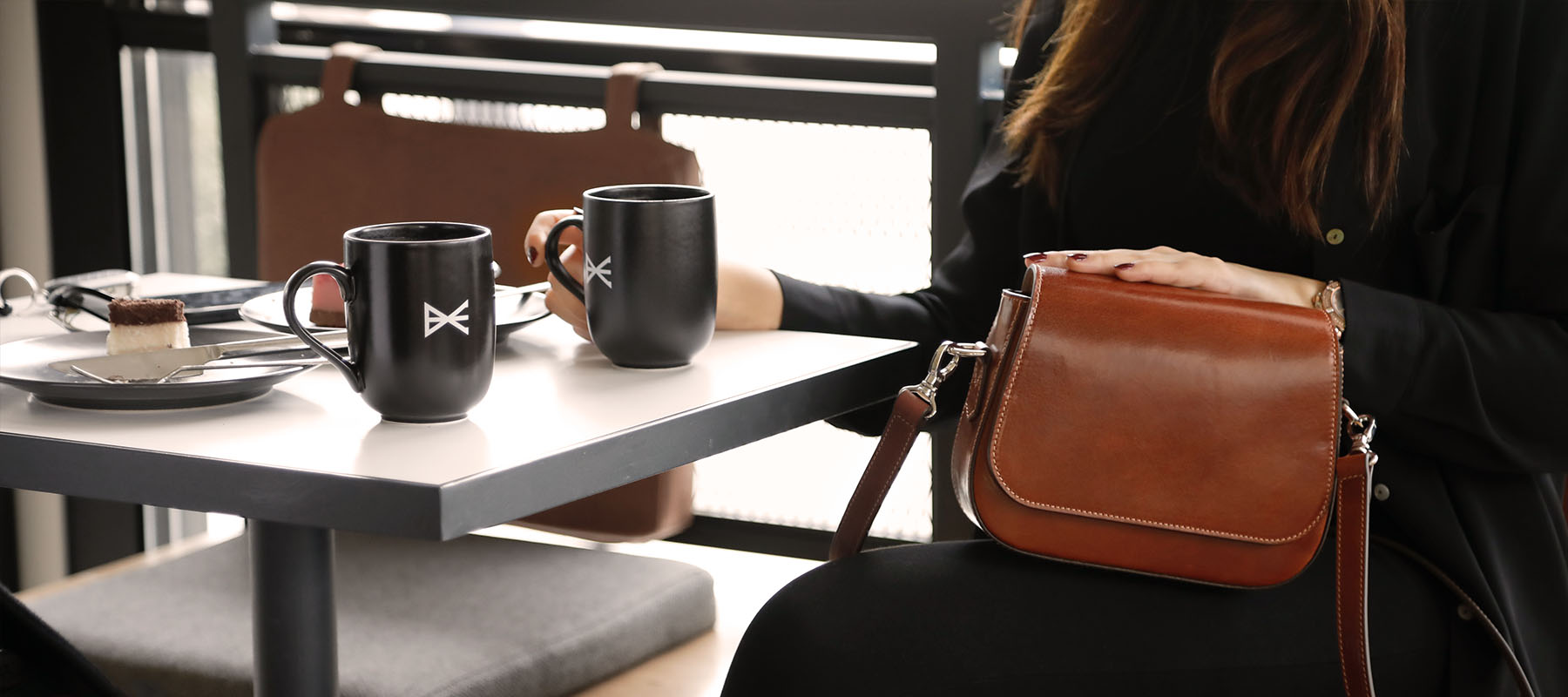
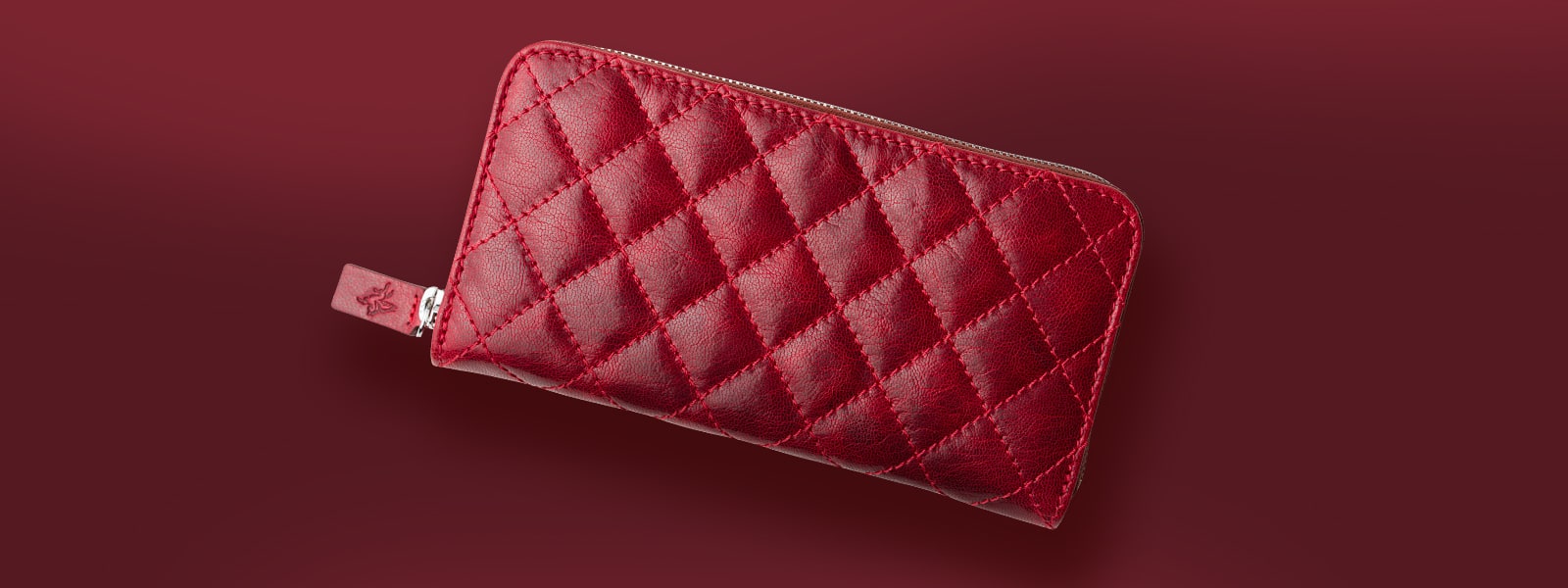
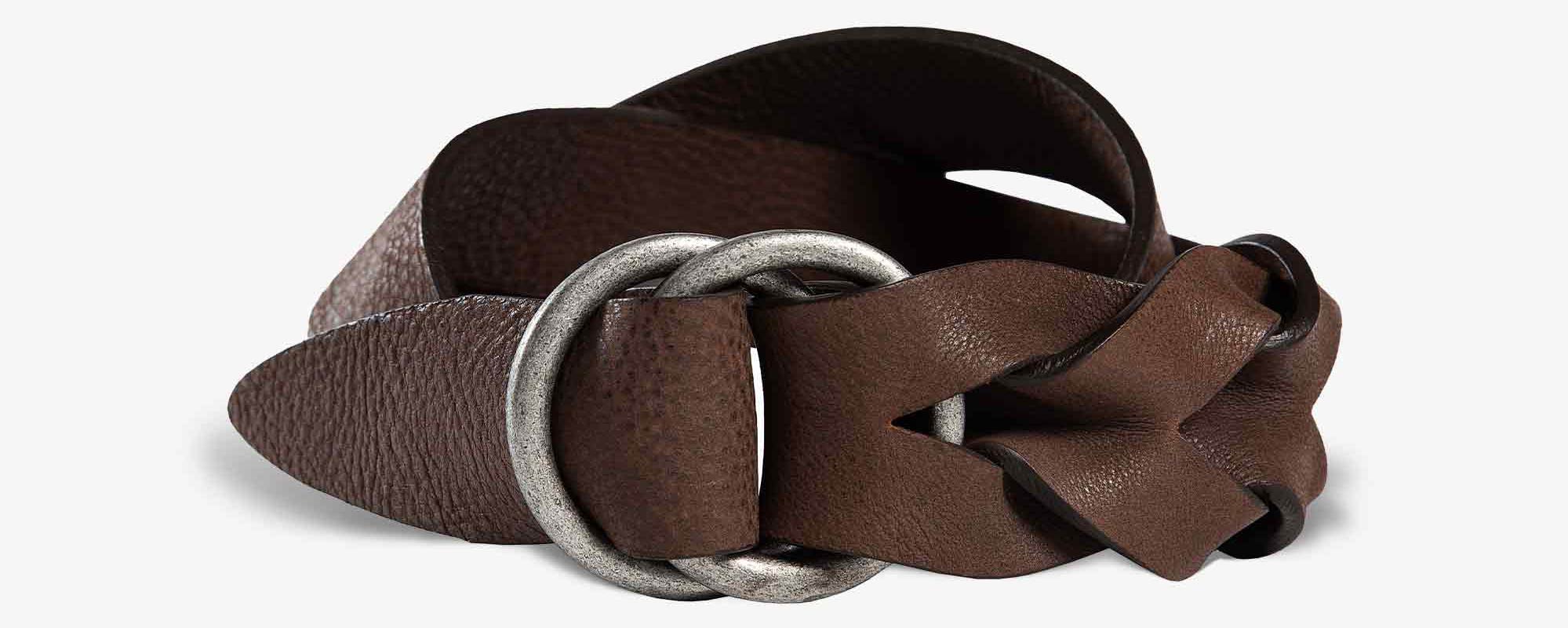
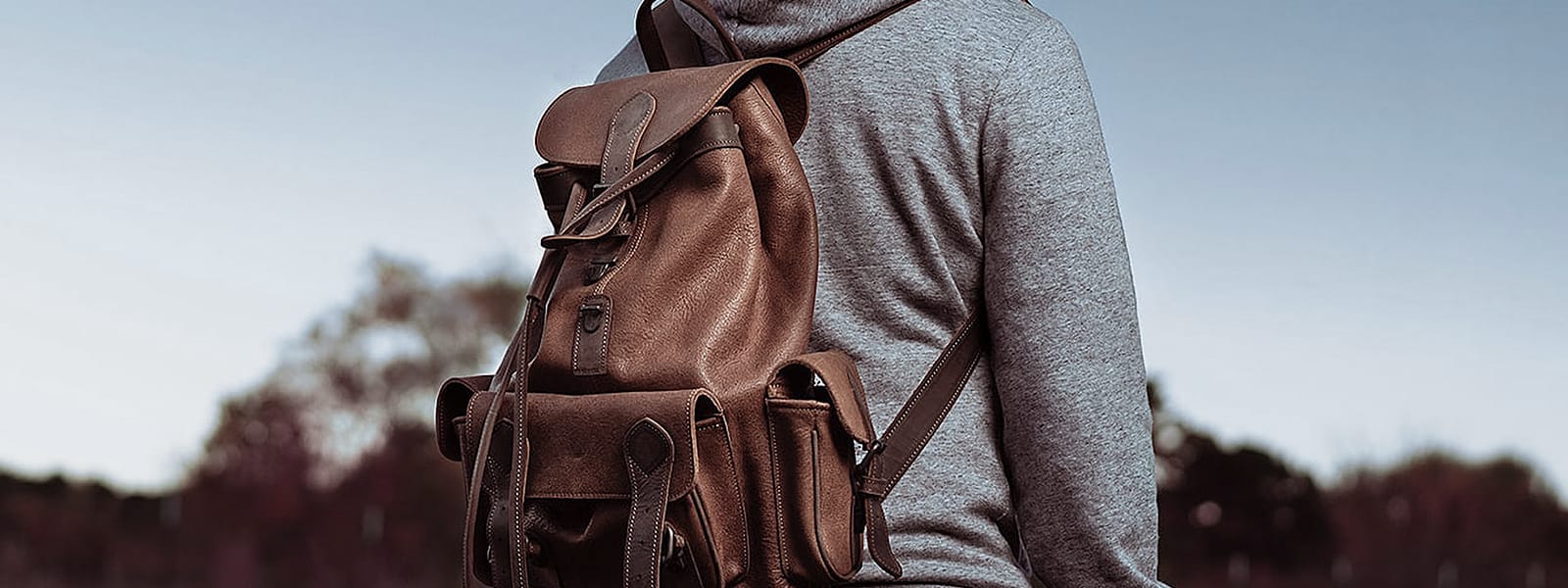
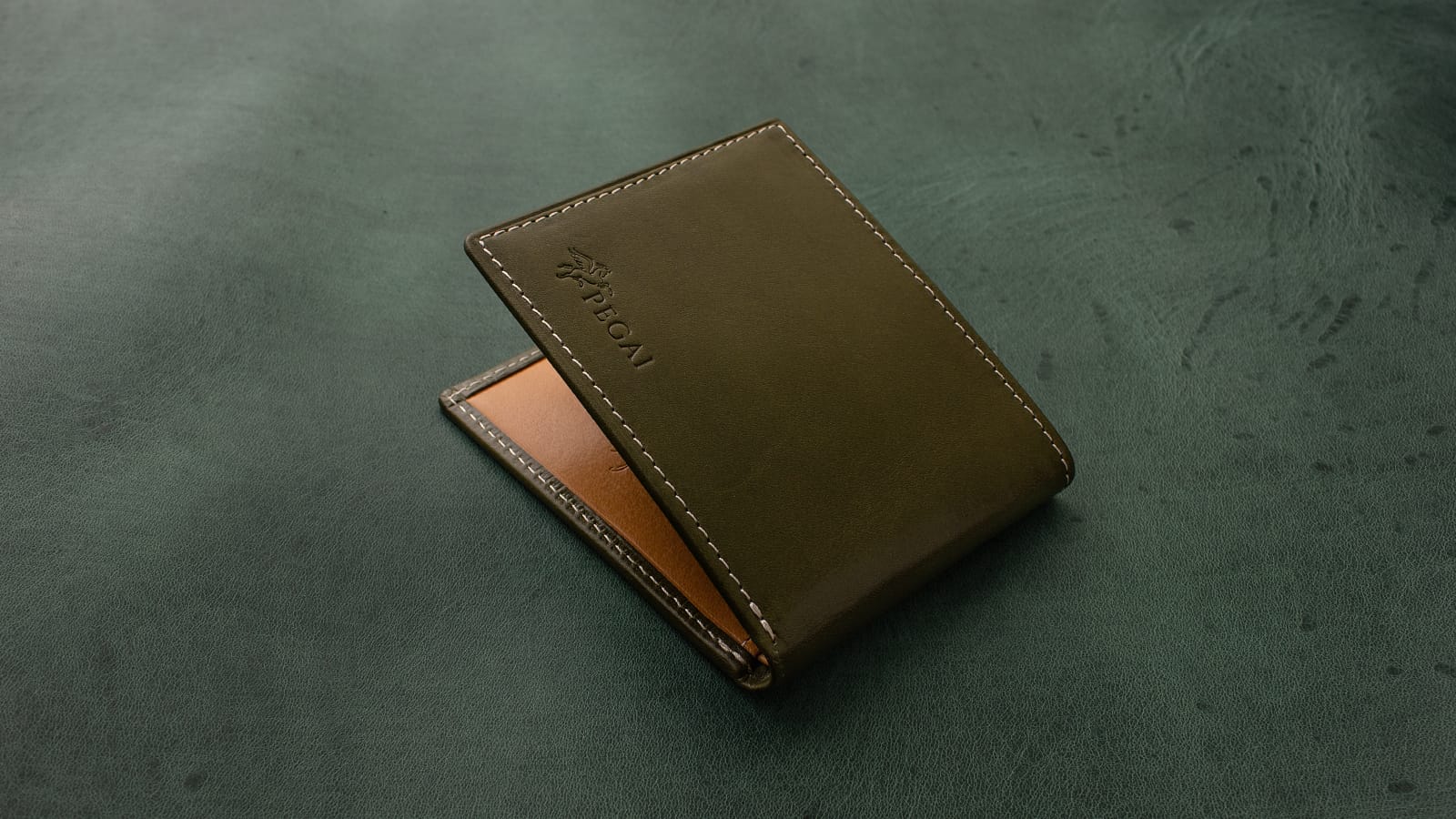
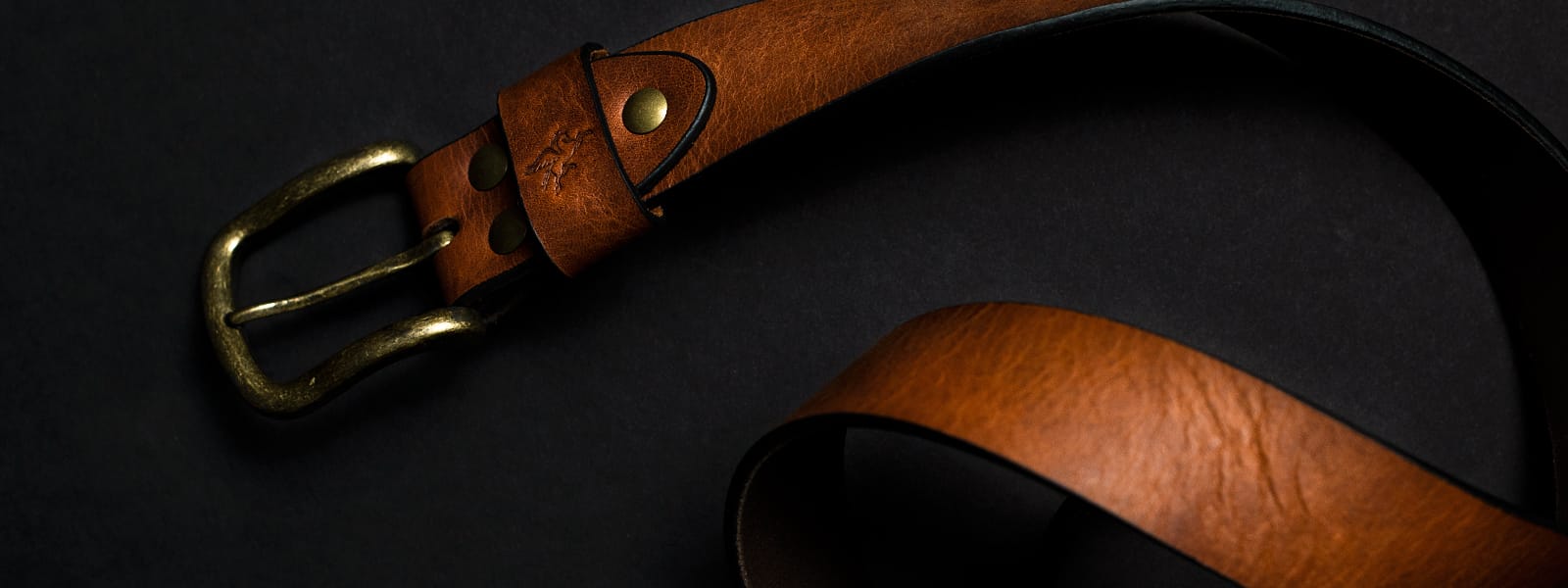
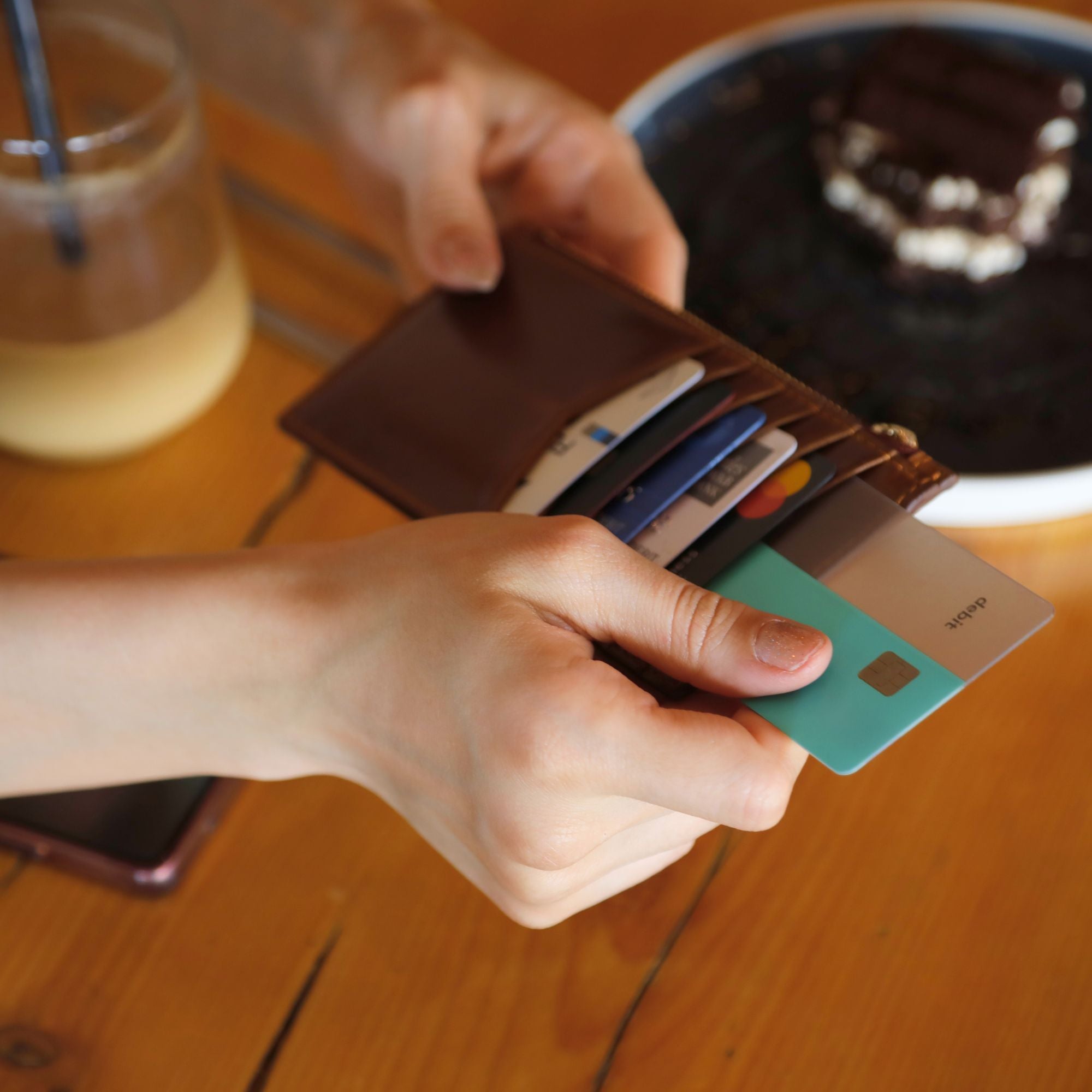
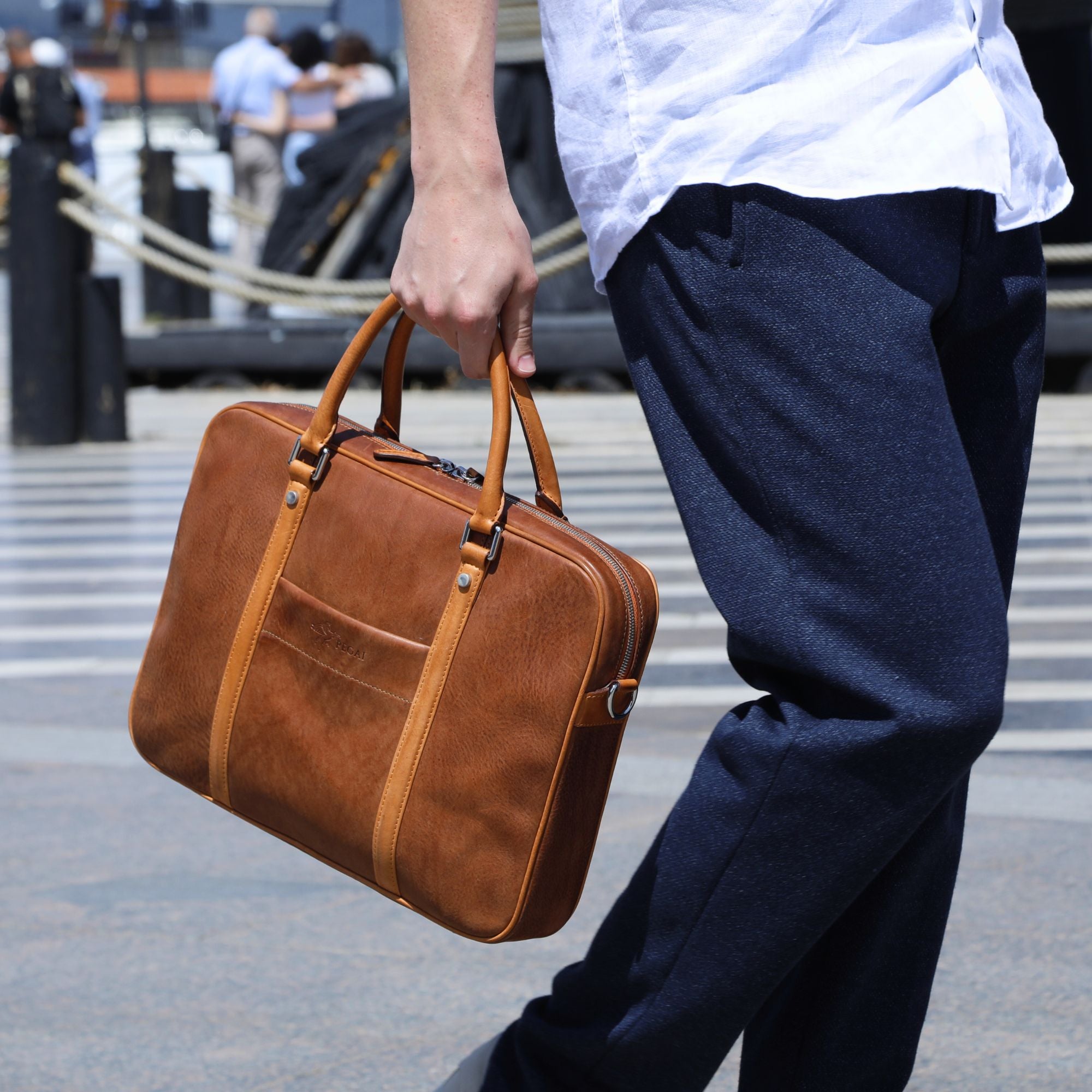
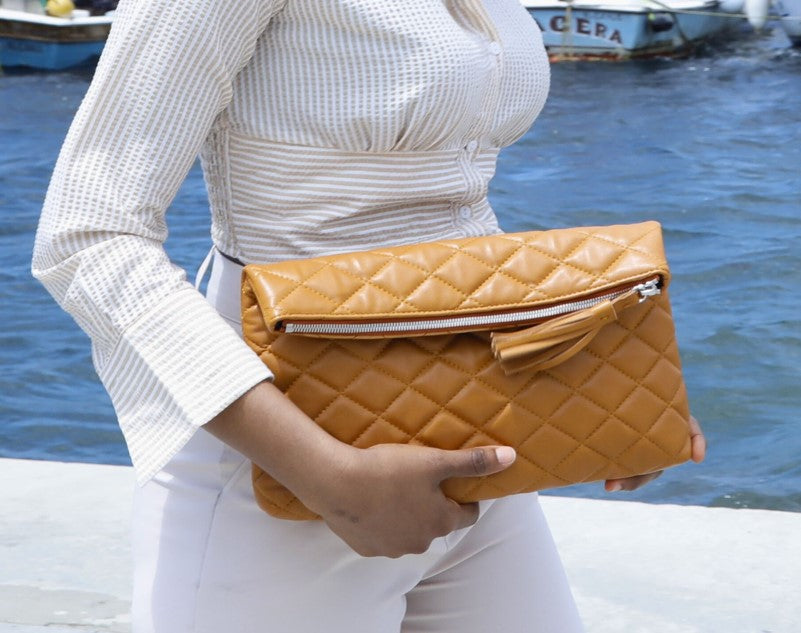
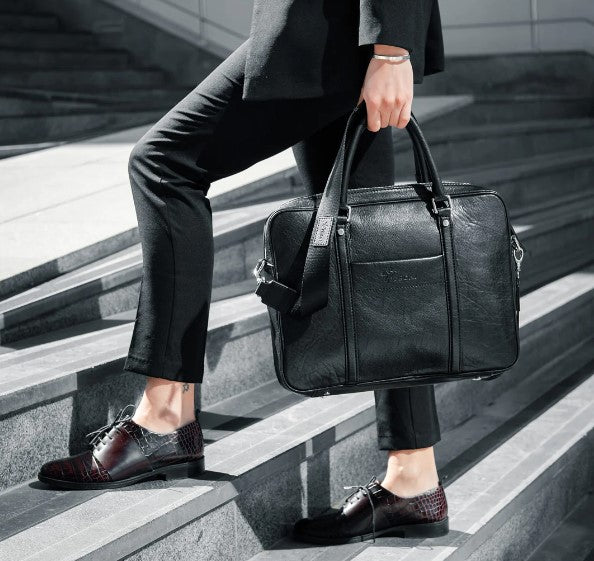
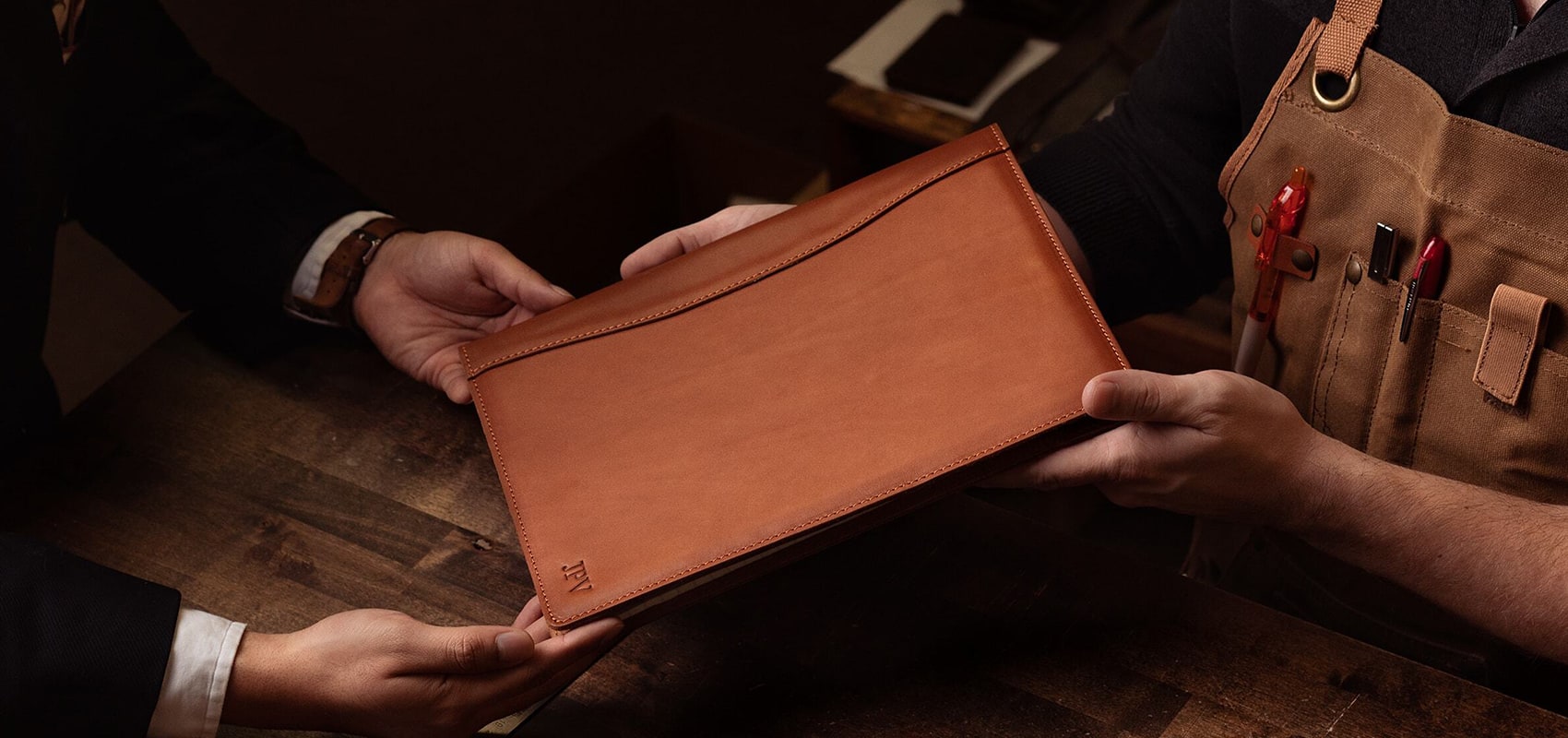
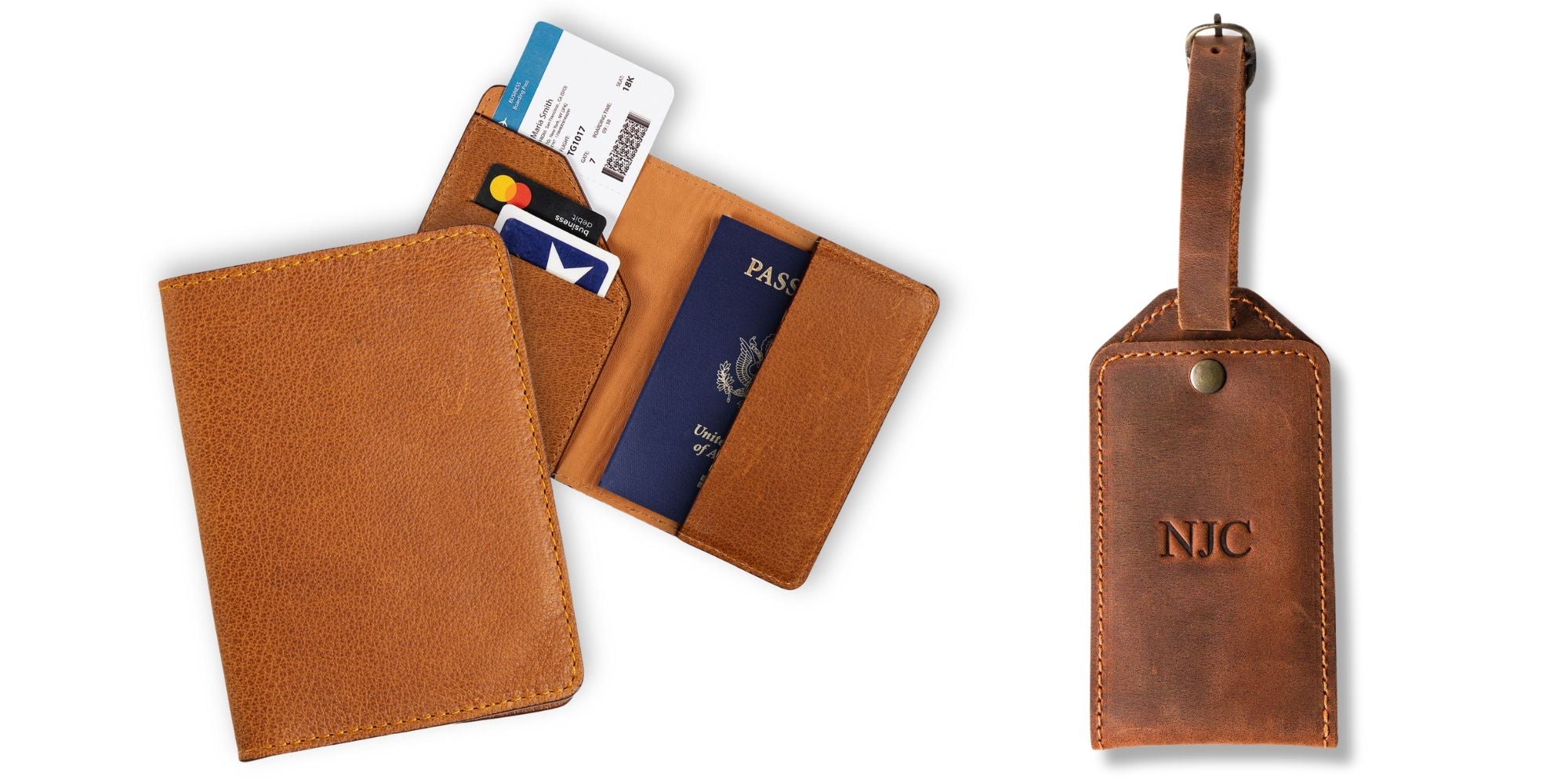
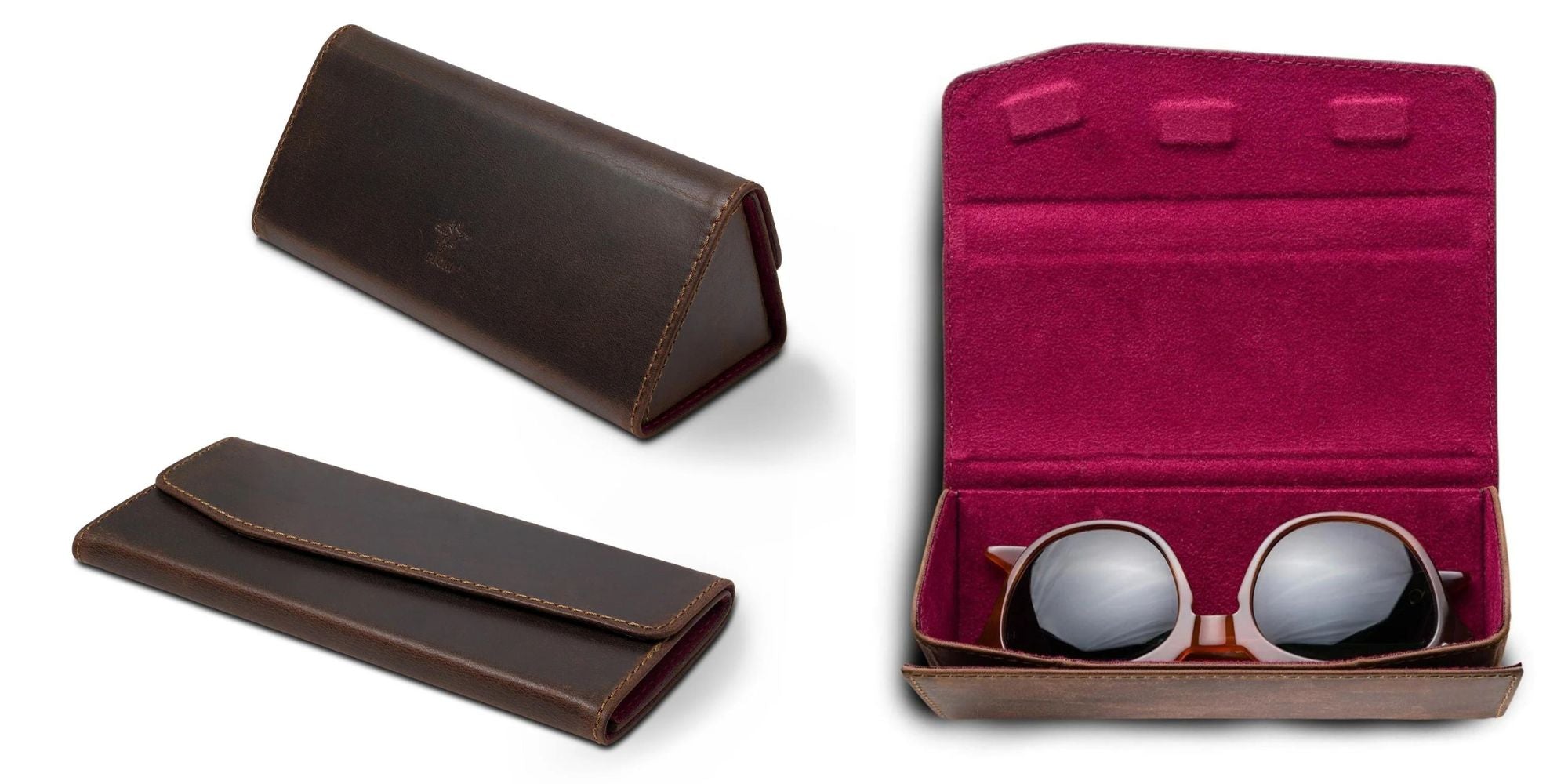








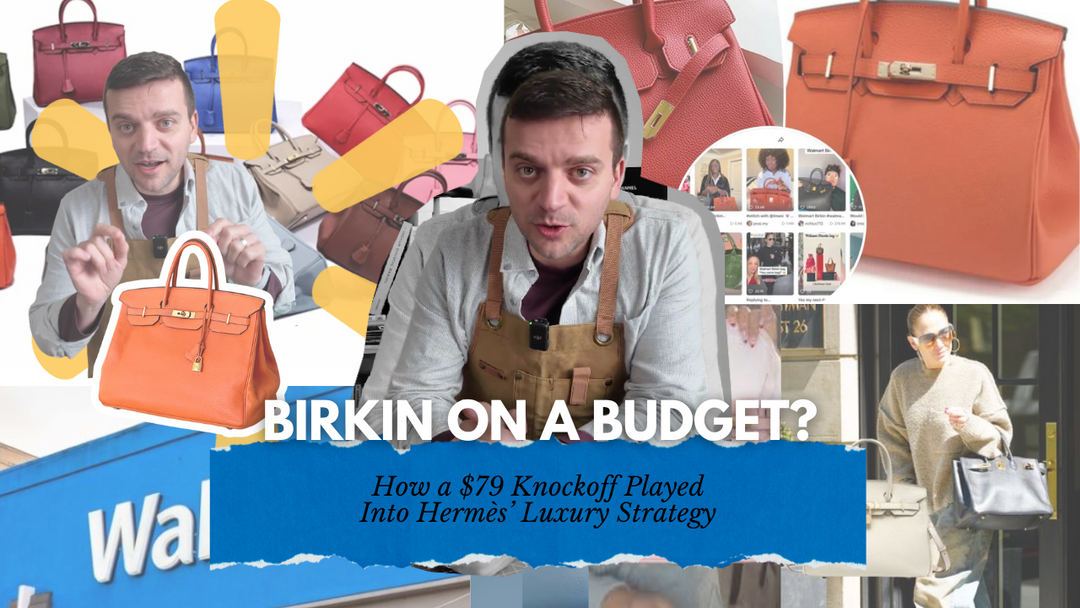

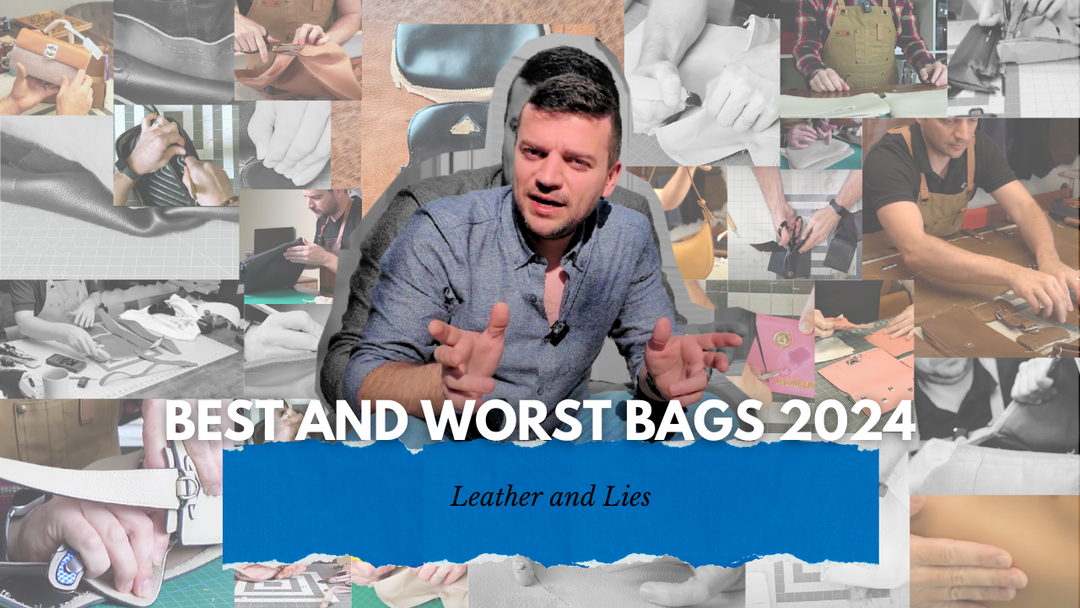
Leave a comment